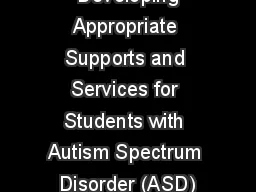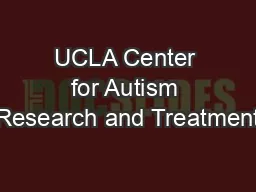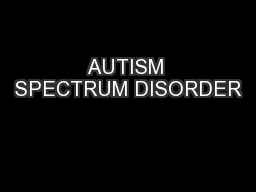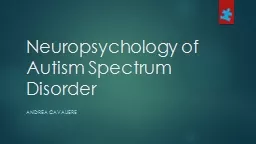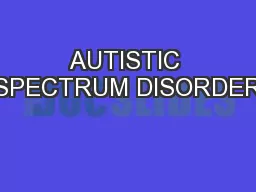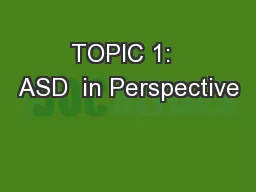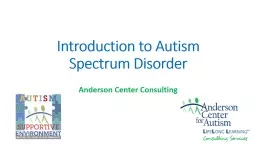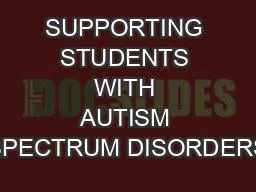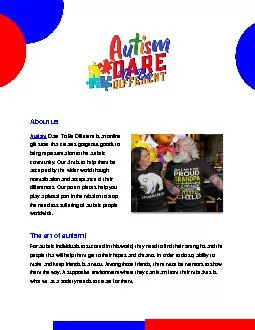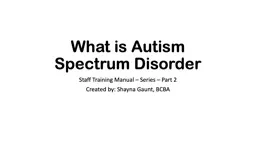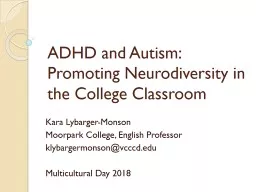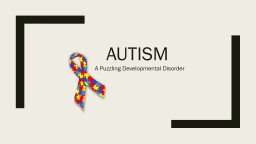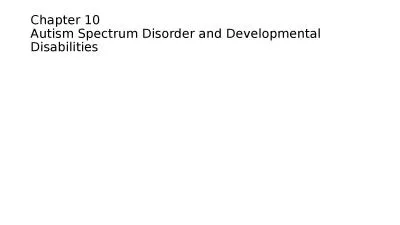PPT-Developing Appropriate Supports and Services for Students with Autism Spectrum Disorder
Author : sherrill-nordquist | Published Date : 2020-04-03
Piecing the Puzzle Together Part 1 Understanding Autism Spectrum Disorder Objective 1 Objective 2 Objective 3 Objective 4 List some common sources of documentation
Presentation Embed Code
Download Presentation
Download Presentation The PPT/PDF document " Developing Appropriate Supports and Ser..." is the property of its rightful owner. Permission is granted to download and print the materials on this website for personal, non-commercial use only, and to display it on your personal computer provided you do not modify the materials and that you retain all copyright notices contained in the materials. By downloading content from our website, you accept the terms of this agreement.
Developing Appropriate Supports and Services for Students with Autism Spectrum Disorder: Transcript
Download Rules Of Document
" Developing Appropriate Supports and Services for Students with Autism Spectrum Disorder"The content belongs to its owner. You may download and print it for personal use, without modification, and keep all copyright notices. By downloading, you agree to these terms.
Related Documents

